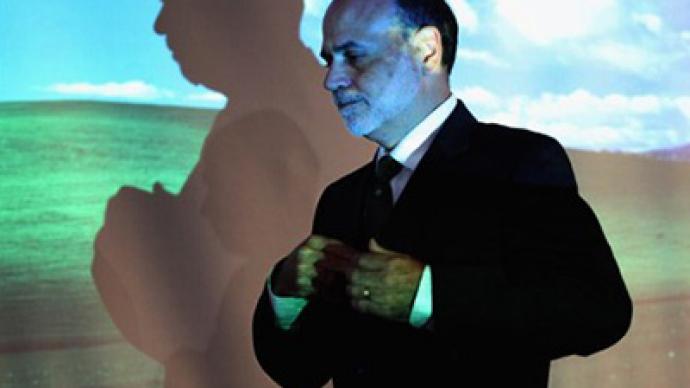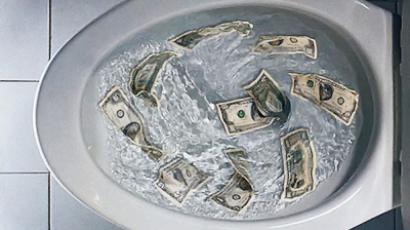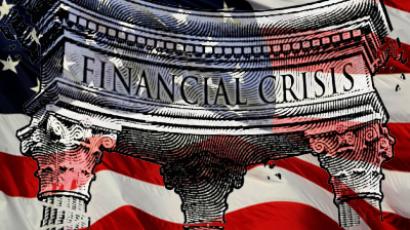The Fed reveals last-ditch plan for economy

All eyes are turning towards Ben Bernanke today as the Federal Reserve offers up its plan that many are hoping will save the American economy from worsening.
Today’s announcement from the Fed did not signal a third round of quantitative easing. Instead, rather, the Federal Reserve says they will begin a $400 billion program that will aim to sell-off short-term notes and thus use that income to purchase extended Treasuries in the future.The Fed did almost the same back during the 1960s and actually managed to have somewhat of a positive effect on the American economy. Expert Eric Swanson writes in a paper unearthed by the Business Insider that the effect of “Operation Twist” during the Kennedy administration was significant for the US dollar.Fifty years later, however, the plan does not necessarily guarantee a successful outcome for the US economy. As the International Monetary Fund, The Wall Street Journal and House Speaker John Boehner all voicing within the last week that a double-dip recession could indeed come to America, the Fed’s actions, no matter how they end up, could be the country’s only hope. The Fed, meanwhile, acknowledges that times are tough."Recent indicators point to continuing weakness in overall labor market conditions, and the unemployment rate remains elevated," the Federal Reserve said in a statement today. In other words, not much has changed this summer. Less than a month ago, Federal Reserve Chairman Ben Bernanke revealed to reporters that "The economic healing will take a while, and there may be setbacks along the way."The Fed hopes that by switching to longer-term bonds, the rest of the financial community will attempt riskier moves and put their investments elsewhere, such as corporate bonds and stocks. Reuters reports that both The Bank of England and the Norwegian central bank recently revealed similar plans of their own to try and strengthen the economy. Should economic conditions worsen in Europe, economists abroad expect the crisis to come to the States soon after. Around one year ago the Fed began their second round of quantitative easing, dubbed QE2. Weary of any more excess money printing, Texas Governor Rick Perry called a third round “treacherous.” Speaking from Iowa last month, Perry said, “If this guy prints more money between now and the election, I don’t know what you all would do to him in Iowa, but we would treat him pretty ugly down in Texas.”














